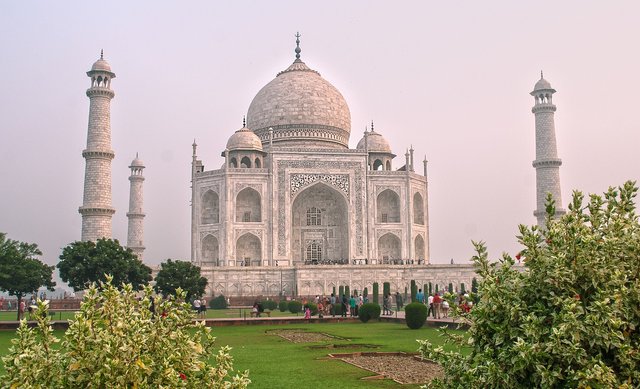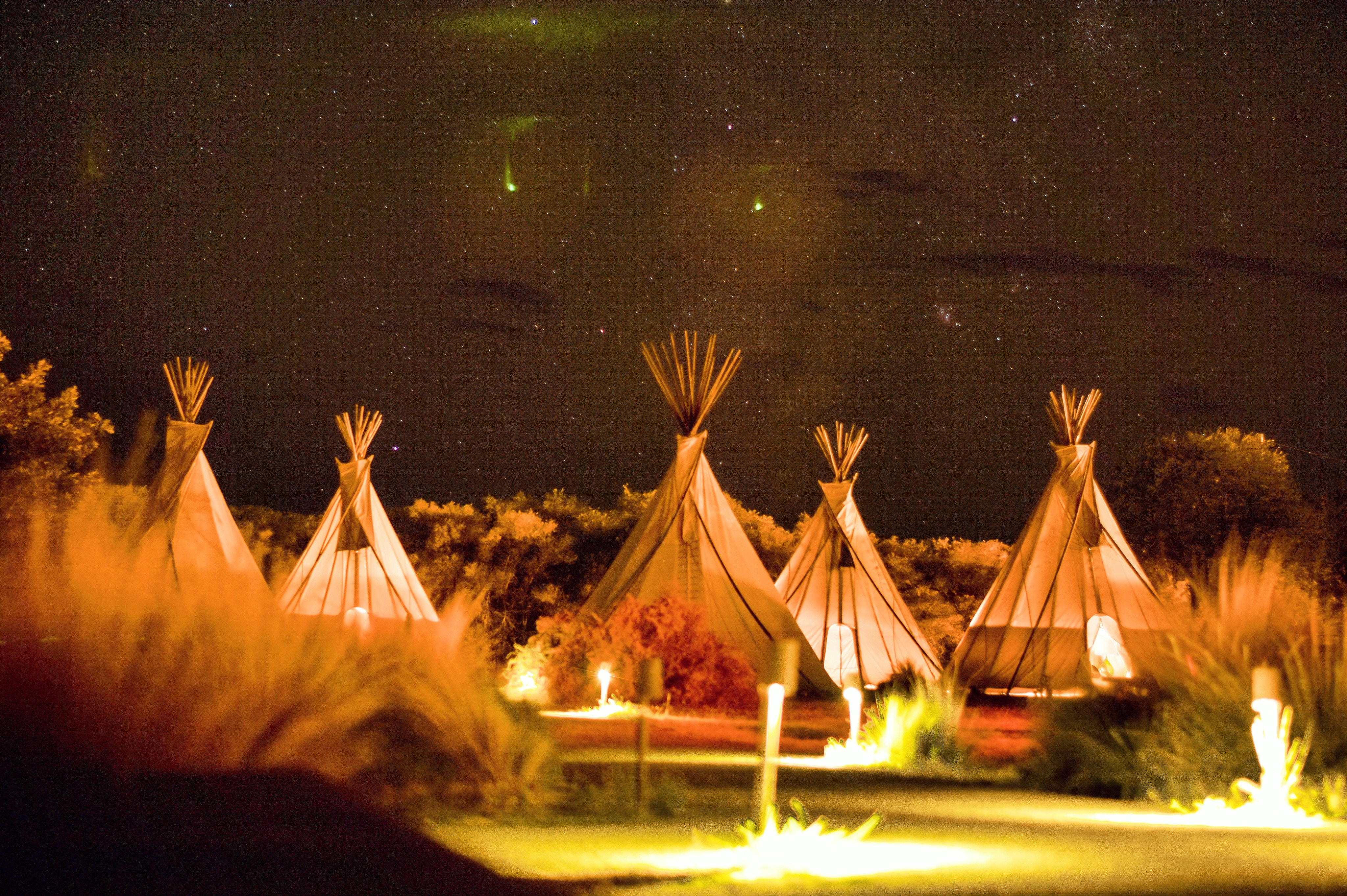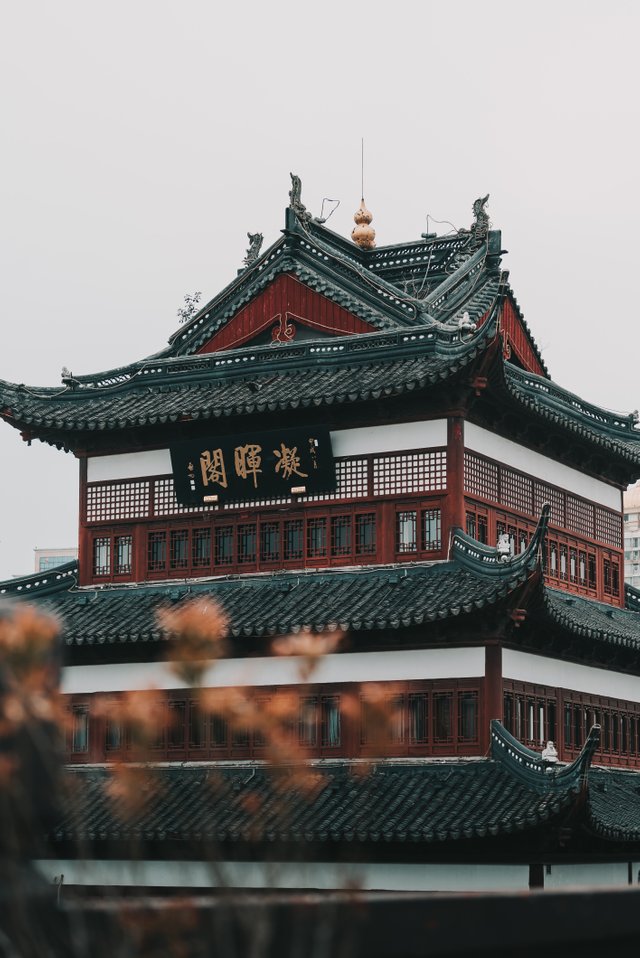Caves to Tents to Palaces

From the beginning of mankind on Earth, they needed shelter. This shelter needed to be a base for family life and protection against attack and climate. Being able to too obtain this, lay the foundation for modern community living.
A skin and bone tent.
We find this kind of shelter in the Stone Age. They were also cave dwellers. The remains of a branch shelter, aged to being 300 000 years old was in fact found at a place near Nice. Later they moved North to hunt in areas near great ice - covered areas. They used the gigantic tusks, bones and skin to build warm, snug shelters. Even in the coldest, icy winter these tents were adequately warm.

Solid Houses of wood and clay.
As farming communities were established across Europe, solid houses were built to last. Most people at this time depended on subsistence farming. They built rectangular houses with thatched roofs. Walls were built of clay. A house like this was found in Bulgaria, dating back to 4th millennium BC. In front is an entrance room behind, a living room with an oven and a grindstone.
Beehives in Cyprus.
At approximately 5000 BC the inhabitants built beehive - shaped houses. These had limestone bases with brick domes. Many houses had a top story and an additional building to house their animals.

Europe and their lake dwellings.
These were built on trunks at the edge of lakes. These were mostly fishing villages. They were thatch houses and connected by walkways. Mostly thatched houses very well preserved by damp and marshy areas.
Roman townhouses.
A 3rd century house near Rome, was built like a block of flats. A staircase leading from the street to upper floors. The ground floor was a mall of shops. As the Roman Empire ended, this style of building ended as well and was revived again in the 14th century Renaissance in Europe.

American Indians and their Adobe houses.
For thousands of years, long before the Spanish invasion in the 16th century the Indians in South - West America built multystorey communal buildings with courtyards and flat roofs. These were impressive structures. The Adobe ( sun baked clay bricks) which were ideal for the climate, did not last long.
Within Eastern walls.
Chinese architecture embodies principles unchanged for centuries. These were wooden framed buildings with a roof support limiting height and width and had steeply sloping roofs and large overhangs. The Tang Dynasty built palaces with a walled yard devising the rich from the poor.

Sources : Wikipedia, National Geographic, Webster encyclopedia, Pixabay, Ancient Civilizations, Unsplash, Google Images.
Congratulation psitorn! Your post has appeared on the hot page after 32min with 17 votes.